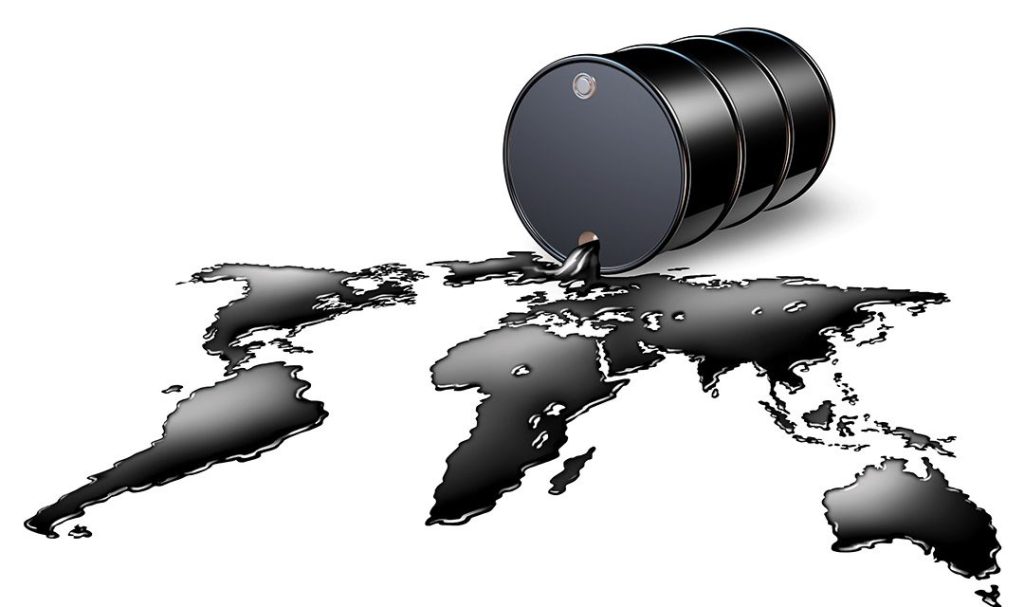The collapse in oil prices gave a wake-up call to most of Middle East’s countries that once looked financially unassailable. The consumers reactions to former lockdowns and sustained pandemic restrictions, conducted to a substantial drop in oil demand. In addition, a long-term trend leaked out, replacing energy based on fossil fuels with renewable energy. As a result, the oil companies are in front of a difficult situation, copping with low demand, low prices and suspicion from the locals.
Exxon and Chevron, two of the most considerable oil majors, recorded losses of $9.4 billion, registered in the second quarter. This is part due to a long-term decline, facing the whole fossil fuel industry. Economy is moving toward a carbon-free, or at least a low-carbon, future.
The biggest, and most significant, oil economy in the Golf is Saudi Arabia. Saudi Aramco is trying to discover a sustainable path, aiming to achieve the reduction of carbon emissions, by increasing the efficacy of engines, enhanced fuel formulations, less carbon release, and turning hydrocarbons and CO2 into practical products.
According to Saudi Aramco, in the long term, the oil demand will continue to grow, as a result of economic and population growth. Aramco added that the speculation about an impending shortage in oil demand is just a rumour, which is not based on the real oil consumption. While the governor of the Saudi Arabian Monetary Authority announced the uncertainly of the financial outlook in the future, Saudi Aramco predicted that by 2023, the price will increase up to around $50 a barrel, confidently assuring the continuous oil consumption.
Subscribe to Updates
Get the latest creative news from FooBar about art, design and business.
Previous ArticleOil’s Future
Next Article Coronavirus in Middle East



